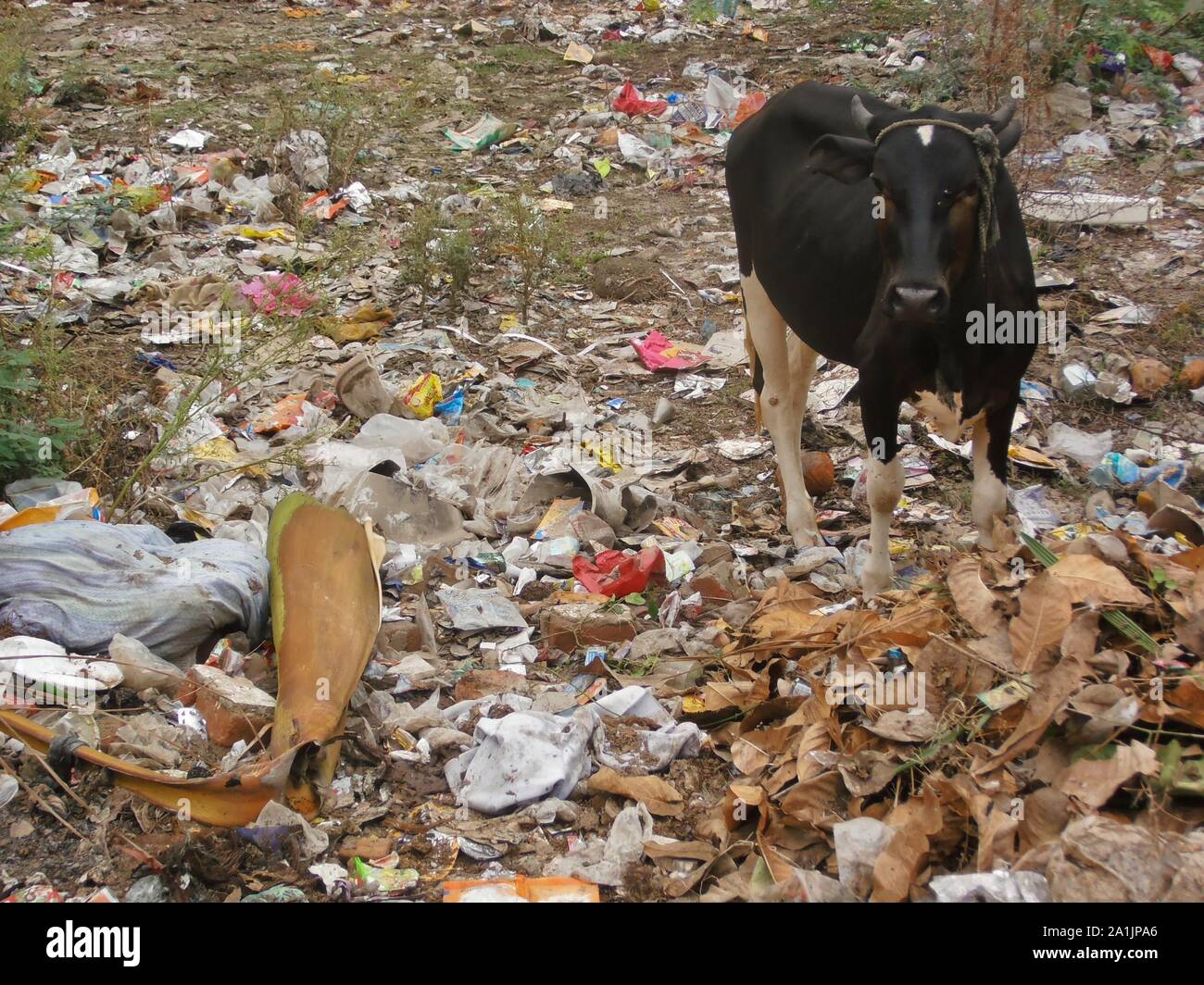Introduction to biomass and how biomass is destroying the ecosystem day by day?
Introduction
Biomass refers to any organic matter that can be used as fuel, either directly or after processing. There are several types of biomass, including:
1.Wood and wood waste
This is the most common type of biomass, derived from trees and woody plants. Wood can be used for heating and cooking, as well as for electricity generation through combustion or gasification.
2. Agricultural crops and waste
Agricultural waste such as straw, corn stalks, and sugarcane bagasse can be converted into fuel through processes such as pyrolysis, gasification, and fermentation. These processes can produce biofuels such as ethanol and biodiesel, which can be used as a substitute for fossil fuels.
3. Food waste
Organic waste from food processing and restaurants can be converted into biogas through anaerobic digestion, a process that breaks down organic matter in the absence of oxygen. Biogas can be used to generate electricity or heat.
4. Animal waste
Manure from livestock can also be converted into biogas through anaerobic digestion. This process not only produces renewable energy but also helps to reduce greenhouse gas emissions from livestock operations.
How it affects the ecosystem?
One of the most significant impacts of biomass is deforestation. In many parts of the world, forests are being cleared to create space for biomass plantations, such as palm oil and soybean. This process is leading to the loss of biodiversity, soil erosion, and the release of carbon dioxide into the atmosphere, contributing to global warming.
Another problem with biomass is the use of fertilizers and pesticides to increase productivity. These chemicals can contaminate soil and water, killing aquatic life and affecting the health of wildlife and humans who consume them. Additionally, the use of fertilizers and pesticides can lead to the eutrophication of waterways, a process that depletes the oxygen levels in the water, killing fish and other aquatic organisms.
Biomass can also contribute to air pollution. When biomass is burned for energy, it releases particulate matter, carbon monoxide, and other pollutants into the air. These pollutants can harm the respiratory system of humans and wildlife, leading to increased rates of asthma, lung cancer, and other health problems.
Furthermore, the harvesting of biomass can disrupt natural habitats and lead to the extinction of certain species. For example, the harvesting of sea turtles for their eggs and meat has led to a decline in their populations, making them an endangered species.
Finally, biomass can also contribute to the depletion of freshwater resources. Many biomass plantations require large amounts of water for irrigation, which can lead to the overuse of freshwater resources. In areas where freshwater is already scarce, the use of water for biomass production can exacerbate the problem and threaten the survival of local communities and wildlife.
In conclusion, while biomass is a renewable energy source, it can have severe impacts on the ecosystem if not managed sustainably. Deforestation, the use of fertilizers and pesticides, air pollution, habitat destruction, and depletion of freshwater resources are all issues associated with biomass production. To minimize these impacts, it is essential to promote sustainable practices such as reducing demand for biomass, protecting natural habitats, and utilizing technologies that minimize the use of fertilizers and pesticides. By doing so, we can ensure that biomass production does not harm the environment and the health of the people and animals that depend on it.























